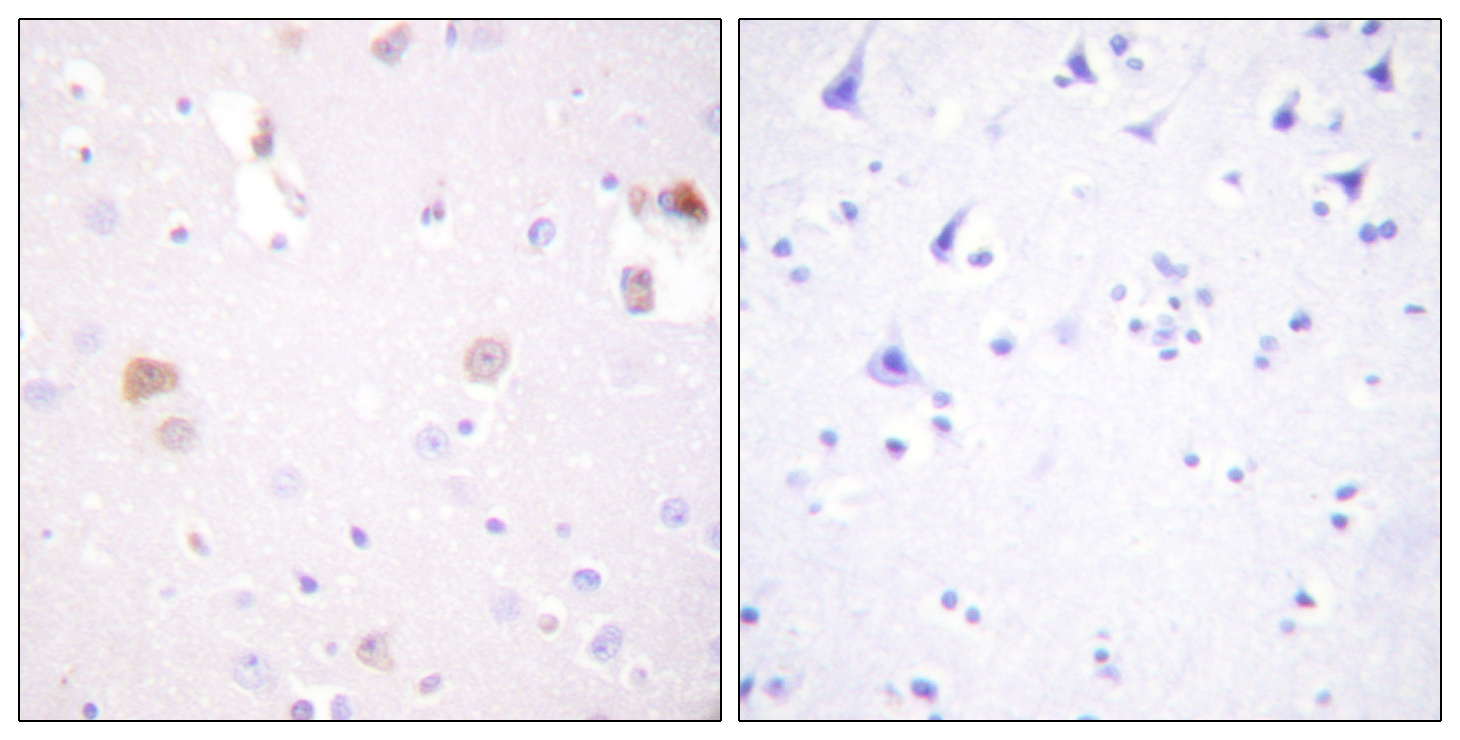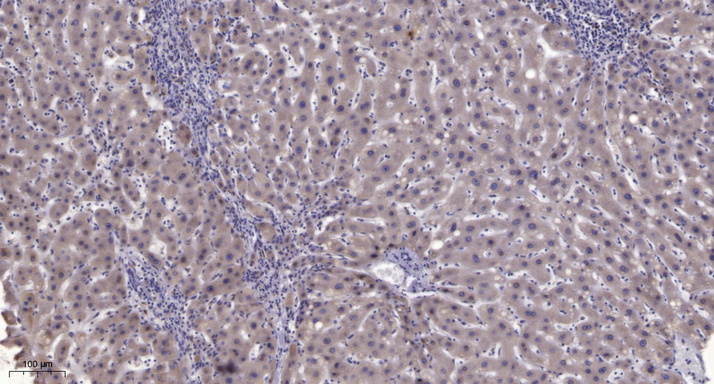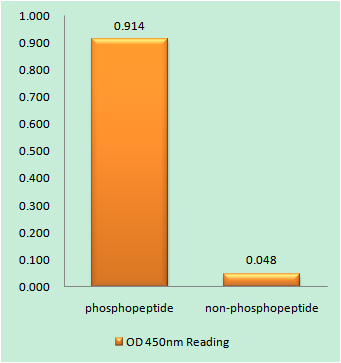PC-PLD1 Polyclonal Antibody
- Catalog No.:YT3618
- Applications:IHC;IF;ELISA
- Reactivity:Human;Mouse;Rat
- Target:
- PC-PLD1
- Fields:
- >>Glycerophospholipid metabolism;>>Ether lipid metabolism;>>Metabolic pathways;>>Ras signaling pathway;>>cAMP signaling pathway;>>Sphingolipid signaling pathway;>>Phospholipase D signaling pathway;>>Endocytosis;>>Fc gamma R-mediated phagocytosis;>>Glutamatergic synapse;>>GnRH signaling pathway;>>Parathyroid hormone synthesis, secretion and action;>>Pathways in cancer;>>Chemical carcinogenesis - reactive oxygen species;>>Pancreatic cancer;>>Choline metabolism in cancer
- Gene Name:
- PLD1
- Protein Name:
- Phospholipase D1
- Human Gene Id:
- 5337
- Human Swiss Prot No:
- Q13393
- Mouse Swiss Prot No:
- Q9Z280
- Rat Gene Id:
- 25096
- Rat Swiss Prot No:
- P70496
- Immunogen:
- The antiserum was produced against synthesized peptide derived from human PLD1. AA range:527-576
- Specificity:
- PC-PLD1 Polyclonal Antibody detects endogenous levels of PC-PLD1 protein.
- Formulation:
- Liquid in PBS containing 50% glycerol, 0.5% BSA and 0.02% sodium azide.
- Source:
- Polyclonal, Rabbit,IgG
- Dilution:
- IHC 1:100 - 1:300. ELISA: 1:5000.. IF 1:50-200
- Purification:
- The antibody was affinity-purified from rabbit antiserum by affinity-chromatography using epitope-specific immunogen.
- Concentration:
- 1 mg/ml
- Storage Stability:
- -15°C to -25°C/1 year(Do not lower than -25°C)
- Other Name:
- PLD1;Phospholipase D1;PLD 1;hPLD1;Choline phosphatase 1;Phosphatidylcholine-hydrolyzing phospholipase D1
- Molecular Weight(Da):
- 124kD
- Background:
- This gene encodes a phosphatidylcholine-specific phospholipase which catalyzes the hydrolysis of phosphatidylcholine in order to yield phosphatidic acid and choline. The enzyme may play a role in signal transduction and subcellular trafficking. Alternative splicing results in multiple transcript variants with both catalytic and regulatory properties. [provided by RefSeq, Sep 2011],
- Function:
- catalytic activity:A phosphatidylcholine + H(2)O = choline + a phosphatidate.,enzyme regulation:Stimulated by phosphatidylinositol 4,5-bisphosphate and phosphatidylinositol 3,4,5-trisphosphate, activated by the phosphokinase C-alpha, by the ADP-ribosylation factor-1 (ARF-1), and to a lesser extent by GTP-binding proteins: RHO A, RAC-1 and CDC42. Inhibited by oleate.,function:Implicated as a critical step in numerous cellular pathways, including signal transduction, membrane trafficking, and the regulation of mitosis. May be involved in the regulation of perinuclear intravesicular membrane traffic.,online information:Phospholipase D entry,similarity:Belongs to the phospholipase D family.,similarity:Contains 1 PH domain.,similarity:Contains 1 PX (phox homology) domain.,similarity:Contains 2 PLD phosphodiesterase domains.,subunit:Interacts with PIP5K1A.,tissue specificity:Expressed abundant
- Subcellular Location:
- Cytoplasm, perinuclear region . Endoplasmic reticulum membrane ; Lipid-anchor ; Cytoplasmic side . Golgi apparatus membrane ; Lipid-anchor ; Cytoplasmic side . Late endosome membrane ; Lipid-anchor ; Cytoplasmic side .
- Expression:
- Expressed abundantly in the pancreas and heart and at high levels in brain, placenta, spleen, uterus and small intestine.
- June 19-2018
- WESTERN IMMUNOBLOTTING PROTOCOL
- June 19-2018
- IMMUNOHISTOCHEMISTRY-PARAFFIN PROTOCOL
- June 19-2018
- IMMUNOFLUORESCENCE PROTOCOL
- September 08-2020
- FLOW-CYTOMEYRT-PROTOCOL
- May 20-2022
- Cell-Based ELISA│解您多样本WB检测之困扰
- July 13-2018
- CELL-BASED-ELISA-PROTOCOL-FOR-ACETYL-PROTEIN
- July 13-2018
- CELL-BASED-ELISA-PROTOCOL-FOR-PHOSPHO-PROTEIN
- July 13-2018
- Antibody-FAQs
- Products Images

- Immunohistochemistry analysis of paraffin-embedded human brain tissue, using PLD1 Antibody. The picture on the right is blocked with the synthesized peptide.

